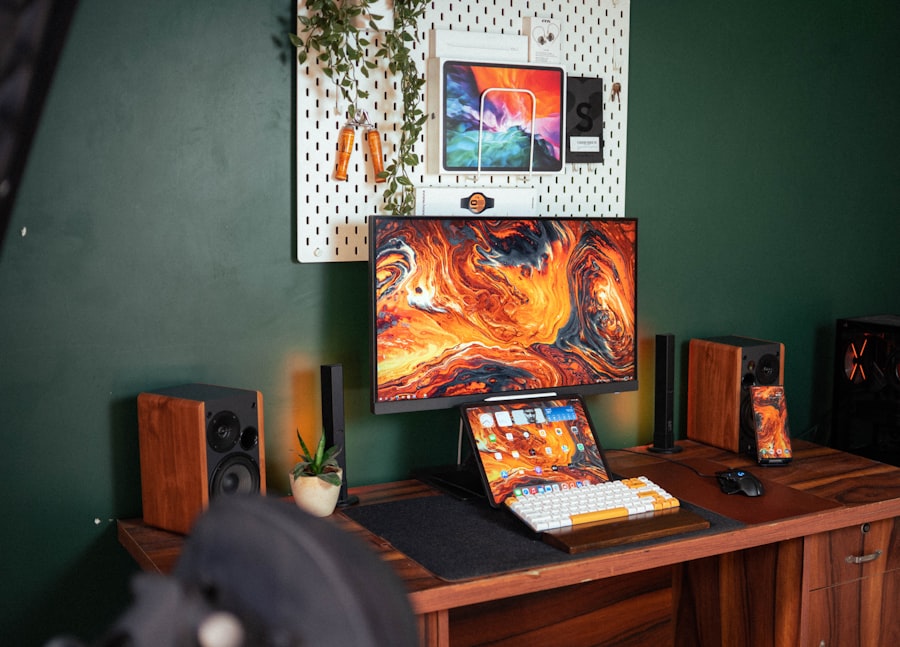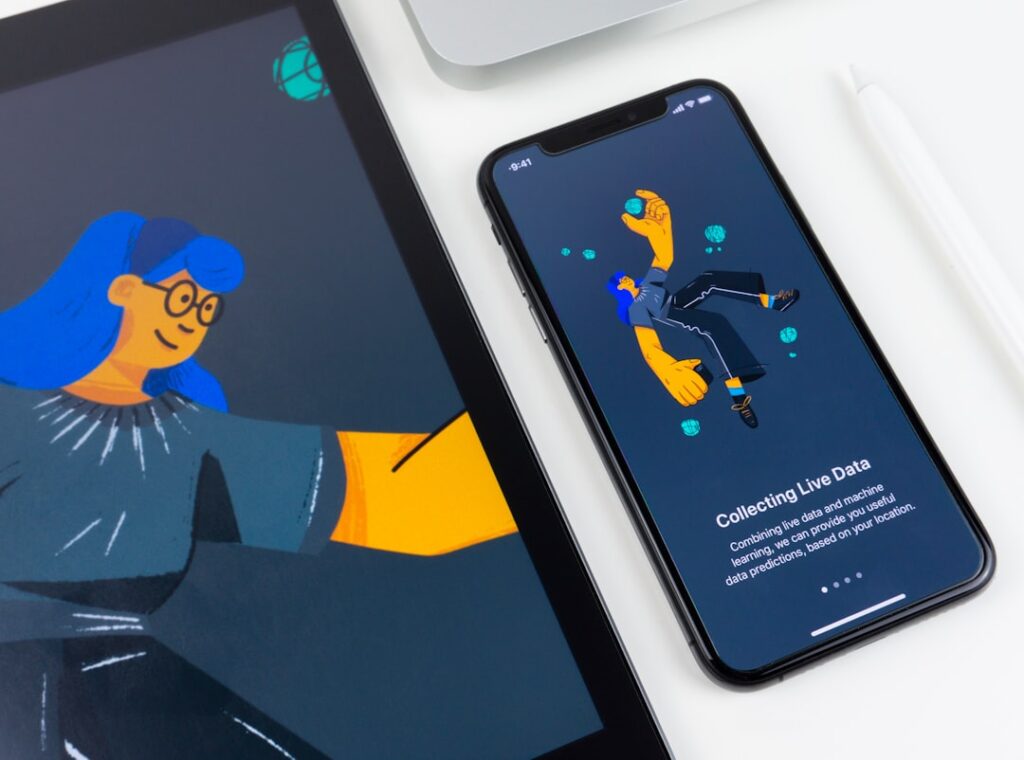In the ever-evolving landscape of web development, the importance of design systems has become increasingly apparent. A design system serves as a comprehensive guide that encompasses a collection of reusable components, design patterns, and guidelines that ensure consistency across various platforms and applications. As I delve into the world of design systems, I find that they not only streamline the development process but also enhance collaboration among designers and developers.
By establishing a shared vocabulary and set of standards, design systems empower teams to create cohesive user experiences while reducing redundancy and inefficiency. React, a popular JavaScript library for building user interfaces, plays a pivotal role in the implementation of design systems. Its component-based architecture allows me to create encapsulated pieces of UI that can be reused throughout my applications.
This modularity aligns perfectly with the principles of a design system, where components are designed to be flexible and adaptable. By leveraging React’s capabilities, I can build a robust design system that not only meets the aesthetic needs of my projects but also adheres to best practices in code organization and maintainability.
Key Takeaways
- Design systems in React help maintain consistency and efficiency in UI development.
- Storybook plays a crucial role in showcasing and testing components within a design system.
- Setting up a design system with React and Storybook involves creating a centralized library of components and styles.
- Organizing components and styles in a design system requires careful categorization and documentation.
- Documenting and testing components in Storybook ensures clarity and reliability in the design system.
Understanding the Role of Storybook in Design Systems
As I explore the intricacies of design systems, I quickly realize that Storybook is an invaluable tool in this ecosystem. Storybook is an open-source tool for developing UI components in isolation, allowing me to visualize and test components independently from the main application. This capability is particularly beneficial when working within a design system, as it enables me to focus on individual components without the distractions of application logic or routing.
One of the key advantages of using Storybook is its ability to facilitate collaboration between designers and developers. By providing a visual representation of components, I can easily share my work with team members and gather feedback early in the development process. This iterative approach not only enhances communication but also ensures that the final product aligns with the original design intent.
Additionally, Storybook’s extensive add-ons and plugins allow me to integrate various functionalities, such as accessibility checks and responsive design testing, further enriching my design system.
Setting Up a Design System with React and Storybook

Establishing a design system with React and Storybook begins with careful planning and organization. I start by defining the core principles and goals of my design system, which will guide my decisions throughout the development process. This foundational step is crucial, as it sets the tone for how components will be designed, documented, and maintained.
Once I have a clear vision, I can begin creating a directory structure that reflects the organization of my components, styles, and assets. Next, I set up Storybook within my React project. The installation process is straightforward, and I appreciate how quickly I can get up and running.
Once Storybook is integrated, I create stories for each component in my design system. These stories serve as living documentation, showcasing different states and variations of each component. By doing this, I not only provide a reference for myself but also create a resource for other team members who may need to utilize these components in their own work.
Organizing Components and Styles in a Design System
A well-organized design system is essential for maintaining clarity and efficiency as I develop components. I categorize my components based on their functionality and usage, creating distinct folders for atoms, molecules, organisms, and templates. This atomic design methodology allows me to break down complex interfaces into smaller, manageable pieces.
For instance, buttons and input fields fall under atoms, while more complex structures like forms or navigation bars are classified as molecules or organisms. In addition to organizing components, I pay close attention to styling conventions. I often opt for CSS-in-JS solutions like styled-components or Emotion to encapsulate styles within my components.
This approach not only promotes modularity but also allows me to leverage JavaScript’s capabilities for dynamic styling based on props or themes. By keeping styles closely tied to their respective components, I ensure that my design system remains cohesive and easy to maintain.
Documenting and Testing Components in Storybook
Documentation is a critical aspect of any design system, and Storybook excels in this area. As I create stories for each component, I take the opportunity to document their usage, props, and variations directly within Storybook. This living documentation serves as a valuable resource for both current team members and future developers who may join the project.
By providing clear examples and guidelines, I can help ensure that components are used correctly and consistently across different applications. Testing components is another vital function that Storybook facilitates. With its built-in support for various testing frameworks, I can easily integrate visual regression testing or snapshot testing into my workflow.
This capability allows me to catch unintended changes or bugs early in the development process, ultimately saving time and effort down the line. By prioritizing documentation and testing within Storybook, I create a more reliable and user-friendly design system.
Implementing Design Tokens and Theming in React

As I continue to refine my design system, I recognize the importance of implementing design tokens and theming capabilities. Design tokens are essentially variables that store design decisions such as colors, typography, spacing, and more. By centralizing these values in a single location, I can ensure consistency across all components while making it easier to update styles when necessary.
Incorporating theming into my React application allows me to provide users with customizable experiences. By leveraging context providers or state management libraries like Redux or Zustand, I can create a dynamic theming solution that enables users to switch between light and dark modes or apply custom color schemes. This flexibility not only enhances user satisfaction but also aligns with modern design trends that prioritize personalization.
Collaborating and Maintaining a Design System with Storybook
Collaboration is at the heart of any successful design system, and Storybook plays a crucial role in facilitating this process. As I work alongside designers and developers, I find that having a centralized platform where we can view and interact with components fosters open communication. Regularly scheduled design reviews allow us to gather feedback on new components or updates to existing ones, ensuring that our design system evolves in alignment with user needs.
Maintaining a design system requires ongoing effort and commitment from the entire team. As new components are added or existing ones are modified, it’s essential to keep documentation up-to-date within Storybook. Establishing clear guidelines for contributions helps streamline this process; for instance, I encourage team members to create stories for any new components they develop or update existing stories when changes occur.
This collaborative approach not only keeps our design system current but also instills a sense of ownership among team members.
Best Practices for Building and Scaling a Robust Design System with React and Storybook
As I reflect on my journey in building a design system with React and Storybook, several best practices emerge that have proven invaluable. First and foremost is the importance of consistency—both in design and code structure. By adhering to established guidelines for component creation and styling conventions, I can ensure that my design system remains cohesive as it scales.
Another best practice is to prioritize accessibility from the outset. By incorporating accessibility considerations into my component designs—such as proper ARIA attributes or keyboard navigation—I can create an inclusive experience for all users. Additionally, leveraging tools like Storybook’s accessibility add-ons allows me to conduct regular audits of my components to ensure compliance with accessibility standards.
Finally, fostering a culture of collaboration within my team is essential for the long-term success of our design system. Regularly scheduled meetings to discuss updates or challenges encourage open dialogue and collective problem-solving. By embracing feedback from both designers and developers alike, I can continuously improve our design system while ensuring it meets the evolving needs of our users.
In conclusion, building a robust design system with React and Storybook is an enriching experience that enhances both my development skills and collaborative efforts within my team. By understanding the roles of each tool and adhering to best practices throughout the process, I can create a cohesive user experience that stands the test of time.
For those interested in expanding their knowledge on creating efficient design systems, a related article that complements “Building a Robust Design System with React and Storybook” can be found on the author’s website. To learn more about the author’s background and expertise, you can visit the About page. This page provides insights into the author’s experience and other works, offering a broader context to the methodologies discussed in the article.
FAQs
What is a design system?
A design system is a collection of reusable components, guided by clear standards, that can be assembled together to build any number of applications.
What is React?
React is a JavaScript library for building user interfaces, developed by Facebook. It allows developers to create reusable UI components.
What is Storybook?
Storybook is an open-source tool for developing UI components in isolation for React, Vue, and Angular. It allows developers to build and document UI components outside of the application.
How can React and Storybook be used to build a design system?
React can be used to create reusable UI components, while Storybook can be used to develop and showcase these components in isolation, allowing for easy testing and documentation.
What are the benefits of using a design system with React and Storybook?
Using a design system with React and Storybook can lead to increased consistency, efficiency, and collaboration in UI development. It also allows for easier maintenance and scalability of UI components.
How can a design system with React and Storybook be made robust?
To make a design system with React and Storybook robust, it is important to establish clear standards and guidelines for component development, ensure thorough testing and documentation, and encourage collaboration and feedback from the development team.
